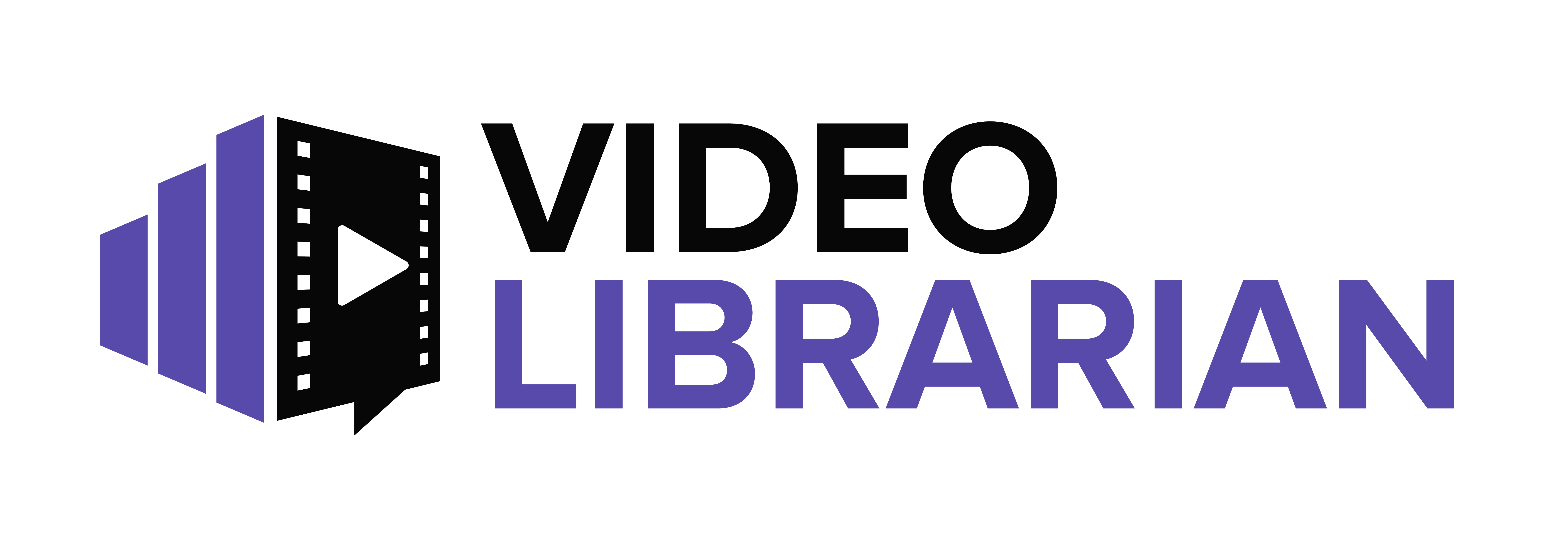If film is meant to tell a story through images, The Here and Now Project soars past that requirement with a myriad of first-person footage of catastrophic weather events across the globe to present a starling commentary on climate change.
Released November 25, 2024, by Emmy-award winning filmmakers Greg Jacobs and Jon Siskel, this educational documentary focuses specifically on 2021, and the devastating events that transpired across the globe that year. Masterfully edited via thousands of hours of material, and filled with scenes of floods, fires, rural devastation, and urban destruction, what is perhaps most powerful about this film is the way in which it’s told, unfolding in a linear manner, virtually crisscrossing earth to showcase a cataclysmic environmental event almost every month.
Presenting this 75-minute film in this manner hammers home the collective destruction and severity of these events. This powerful approach is a stark contrast for viewers who might otherwise learn about these events as a singular, one-off story on the evening news or read about in a news article.
Adding to the effectiveness of this linear storytelling is the fact that The Here and Now Project shies away from relying on facts, figures, and statistics, and instead lets the footage of ordinary people tell the story. Aside from sparse commentary from a few news reporters, the film is told almost exclusively through the footage and reactions of everyday people in everyday places recording one climate anomaly after another, either on handheld cameras or via cell phone footage.
Capturing climate change in this matter all but puts the viewer on the ground of one climate disaster after another—and all in the same calendar year. This is an effective choice by the filmmakers, one that can leave viewers wondering if we are globally playing the fiddle while the world burns.
In total, this Siskel/Jacobs Productions film visited over a dozen locations across the globe during 2021. From Brazil to Turkey to New York City to Western Germany to China, some of the sites report record heat waves, some report previously unheard of snowfall, numerous sites experience devastating floods and rising sea water, and one man, in Siberia, Russia, scoops ash out of a lake and burnt bark off the ground, both results of nearby wildfires.
While each place on the planet is different, and the extent and effect of climate change is too, one recurring theme The Here and Now Project continually projects off the screen is the overwhelming tax these events have on the planet’s seemingly ill-prepared infrastructure.
The Here and Now Project is a 4-out-of-5-star documentary resource that would make a strong addition to any educational program, library education program, and will act as an eye-opening experience for any viewer interested in catastrophic weather events transpiring around the world.
How can The Here and Now Project be integrated into public libraries’ collection development?
The Here and Now Project provides an engaging and visually compelling exploration of climate change, making it an essential addition to public libraries. It aligns with educational initiatives focused on environmental awareness and global issues, offering a unique storytelling approach through first-person footage that resonates with a broad audience. Public libraries can feature the film as part of their climate change or sustainability programming, starting community discussions on the impact of catastrophic weather events.
What college courses and majors could benefit from using The Here and Now Project?
This documentary is highly relevant for courses and majors such as Environmental Science, Geography, Media Studies, Sociology, and Urban Planning. Its global perspective on climate disasters, coupled with a focus on human experiences, offers valuable insights into the environmental, social, and infrastructural challenges posed by climate change. The film's innovative storytelling techniques also make it a useful resource for film and media production students.
How could Parks and Recreation programs use The Here and Now Project in their educational initiatives?
Parks and Recreation programs could utilize The Here and Now Project to educate communities about climate resilience and environmental stewardship. Screenings could serve as catalysts for workshops or community events focused on disaster preparedness, sustainable practices, and the local impacts of global climate phenomena. The film’s visual and emotional impact makes it an effective tool for engaging diverse audiences.
What are the Public Performance Rights (PPR) considerations for screening The Here and Now Project?
Libraries, schools, and community organizations planning public screenings must ensure they acquire the appropriate Public Performance Rights (PPR). These rights typically come with the institutional purchase of the film or may be available through an annual license. This ensures compliance with copyright laws while enabling public presentations of this educational resource.
How could The Here and Now Project enhance special events on college campuses?
College campuses can use The Here and Now Project for Earth Day events, environmental awareness weeks, or interdisciplinary seminars. Its immersive footage and global narrative make it an impactful centerpiece for panel discussions or Q&A sessions with environmental experts, fostering dialogue and action on climate-related challenges.
Why is The Here and Now Project a strong candidate for movie licensing?
With its focus on a pressing global issue and a compelling narrative structure, The Here and Now Project is highly appealing for educational licensing. The documentary’s emphasis on storytelling through real-life footage ensures it captivates and informs viewers, making it an invaluable resource for schools, universities, and community organizations seeking to educate and engage audiences about climate change.
What is the retail price and/or Public Performance License fee?
The film is available starting at $225 per year, which includes access to Public Performance Rights (PPR) for institutional screenings.



